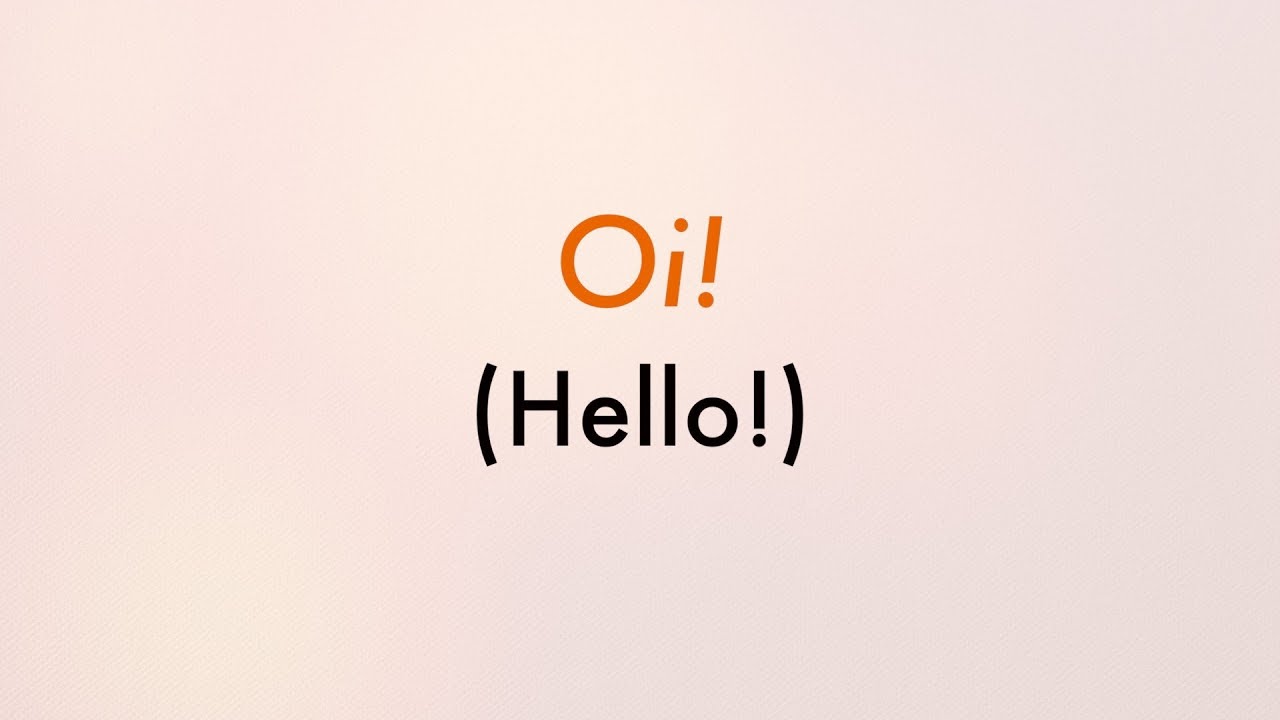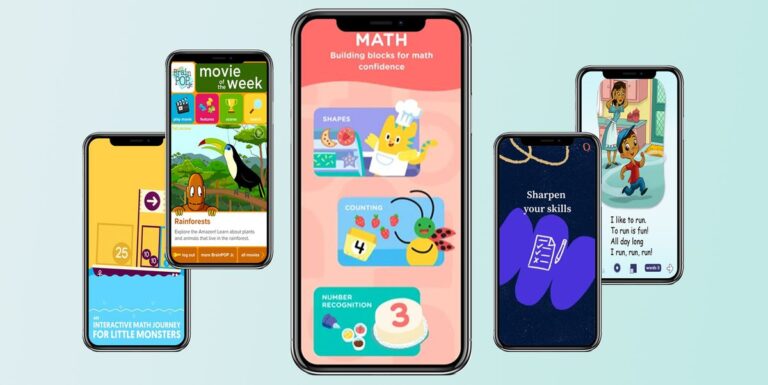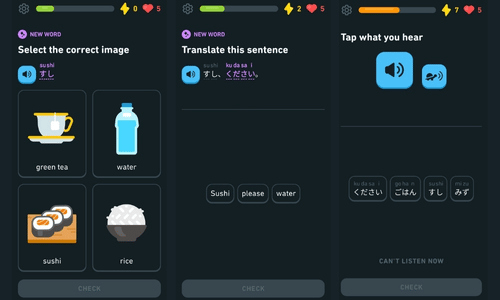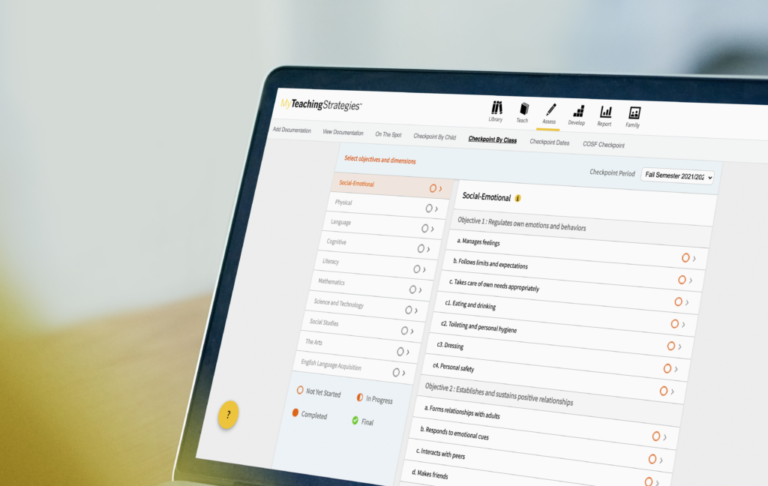Learning to say hello in different languages is not only a great way to connect with people from diverse backgrounds but also an essential skill for travelers and language enthusiasts. If you’re interested in mastering Portuguese greetings, you’ve come to the right place. In this ultimate beginner’s guide, we’ll explore various ways to say hello in Portuguese, including formal and informal expressions. From casual encounters to business settings, understanding these greetings will enable you to make a positive first impression and engage in meaningful conversations. Let’s dive into the vibrant world of Portuguese greetings!
Table of Contents
The Importance of Greetings

Greetings are the gateway to establishing connections and fostering relationships, regardless of the language spoken. In hello in portuguese culture, greetings hold significant value as they reflect politeness, respect, and friendliness. By learning to say hello in Portuguese, you’ll not only demonstrate your interest in the local language but also show respect for the customs and traditions of the Portuguese-speaking community. Whether you’re planning a trip to Portugal, Brazil, or any other Portuguese-speaking country, familiarizing yourself with these greetings will enrich your experiences and help you build meaningful connections with locals.
Basic Portuguese Greetings

Let’s start with the basics. The most common way to say hello in Portuguese is “Olá.” This versatile greeting can be used in both formal and informal situations, making it a useful phrase to remember. Another simple greeting is “Oi,” which is primarily used in informal settings. For a more formal approach, you can use “Bom dia” (Good morning), “Boa tarde” (Good afternoon), or “Boa noite” (Good evening/night) depending on the time of day. These formal greetings are often accompanied by a handshake and direct eye contact to convey respect.
Informal Greetings and Slang
In addition to the basic greetings, Portuguese has a rich array of informal expressions and slang that are commonly used among friends, peers, and acquaintances. “E aí?” (What’s up?) and “Tudo bem?” (How are you?) are popular informal greetings that can be used interchangeably. To respond to these greetings, you can simply say “Tudo bem” (I’m fine) or “Bem, obrigado/a” (Fine, thank you). These informal greetings create a relaxed and friendly atmosphere, especially when engaging with younger Portuguese speakers or in social gatherings.
Regional Greetings and Cultural Nuances

As with any language, Portuguese greetings may vary across different regions and countries where it is spoken. For example, in Brazil, it is common to greet someone with a friendly hug or a kiss on the cheek, especially among friends and family. However, in Portugal, a handshake is the more customary greeting, and kisses on the cheek are reserved for closer relationships. It’s important to be mindful of these cultural nuances and adapt your greetings accordingly to show respect and avoid any unintentional misunderstandings.hello in portuguese.
Greetings in Business Settings
When it comes to business settings, a more formal approach is generally expected. In Portuguese, addressing someone with “Senhor” (Mr.) or “Senhora” (Mrs./Ms.) followed by their last name is considered polite and professional. You can then proceed to greet them with “Bom dia,” “Boa tarde,” or “Boa noite” depending on the time of day. It’s crucial to maintain a respectful tone and use appropriate greetings, as they contribute to establishing a positive rapport with your business partners, colleagues, or clients in Portuguese-speaking countries.
Common Phrases and Expressions
Aside from the standard greetings, it’s helpful to familiarize yourself with a few additional phrases and expressions that can enhance your conversational skills in Portuguese. For instance, “Como vai você?” (How are you?) is a common question that shows interest in the well-being of the other person. Responding with “Estou bem, obrigado/a” (I’m fine, thank you) is a polite way to acknowledge the inquiry. Other useful phrases include “Muito prazer” hello in portuguese, which can be used to initiate and conclude conversations respectfully.
Pronunciation Tips
Mastering the pronunciation of Portuguese greetings can greatly improve your ability to communicate effectively. Here are a few tips to help you get started. In Portuguese, words are generally pronounced as they are spelled, making them relatively straightforward. Pay attention to the vowels, as they can have different sounds compared to English. Practice pronouncing words like “olá,” “Bom dia,” and “tudo bem” to get a feel for the rhythm and intonation. Additionally, listening to native speakers or using language learning resources can further refine your pronunciation skills.hello in portuguese.
Cultural Etiquette and Gestures
In addition to verbal greetings, non-verbal cues and gestures play a significant role in Portuguese culture. When greeting someone, maintain eye contact and offer a warm smile to convey friendliness. In more casual settings, a light handshake or a friendly hug might be appropriate. However, it’s essential to respect personal boundaries and observe the level of familiarity between individuals. Avoid excessive physical contact when greeting someone for the first time in a formal or business context, opting for a respectful handshake instead.hello in portuguese.
Language Learning Resources
To further enhance your language skills and explore the nuances of Portuguese greetings, there are numerous resources available. Online language learning platforms, such as Duolingo, Babbel, and Rosetta Stone, offer interactive courses tailored for beginners. Additionally, language exchange websites and apps like HelloTalk and Tandem allow you to connect with native Portuguese speakers for conversation practice. Utilizing language learning podcasts, YouTube channels, and textbooks can also provide valuable insights into the language and culture of hello in portuguese.
Embrace Cultural Diversity
Learning how to say hello in Portuguese is not merely about acquiring a new phrase but also about embracing cultural diversity and fostering meaningful connections. By taking the time to learn and understand the greetings of another language, you demonstrate respect, curiosity, and a willingness to engage with different cultures. Embrace the opportunity to explore Portuguese greetings, practice them in real-life situations, and enjoy the enriching experiences that come with connecting on a deeper level with Portuguese speakers worldwide.hello in portuguese.
Conclusion
Mastering the art of saying hello in Portuguese opens doors to new relationships, cultural understanding, and memorable experiences. Whether you’re planning a trip to a Portuguese-speaking country or simply expanding your linguistic repertoire, these greetings serve as a foundation for building connections. Remember to adapt your greetings based on the context and the region you’re in, and always approach interactions with respect and openness. So go ahead, practice your “olá” and “bom dia,” and embark on a journey of language and cultural discovery in the vibrant world of Portuguese-speaking communities.
Learn about: Unlock the Magic of ‘Ciao’ – Your Guide to Saying Hello in Italian and Beyond









